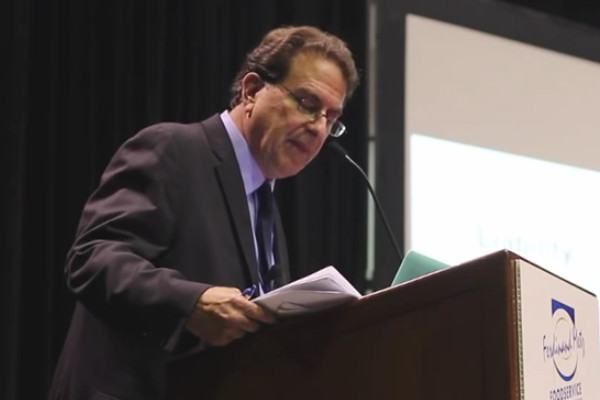Your Does homeowners insurance pay for tree removal images are available. Does homeowners insurance pay for tree removal are a topic that is being searched for and liked by netizens today. You can Find and Download the Does homeowners insurance pay for tree removal files here. Get all free photos.
If you’re searching for does homeowners insurance pay for tree removal pictures information related to the does homeowners insurance pay for tree removal topic, you have visit the right site. Our website frequently gives you hints for seeking the highest quality video and picture content, please kindly search and find more enlightening video content and graphics that match your interests.
Does Homeowners Insurance Pay For Tree Removal. You can at least expect them to pay to get the tree off of the damaged item. This means you are likely on your own if the tree fell without damaging your home, garage, or outbuilding. Tree damage cleanup coverage might even pay to replace a fallen tree or shrub (as long as the cause of its fall was a. One may also ask, who pays for tree removal after storm?
 David�s Tree Service Tree Trimming, Maintenance & Removal From davidstree.com
David�s Tree Service Tree Trimming, Maintenance & Removal From davidstree.com
You, as a homeowner, are responsible for maintaining your home and grounds. In this case, your standard homeowners insurance won’t cover tree and debris removal, unless you have an endorsement specifying that coverage. As a rule, homeowners insurance covers removing trees that have fallen due to a covered peril. If a tree damages a covered item, such as your house, the insurance company may pay to remove the tree. On the other hand, if the tree does fall on your house, that type of event is almost always covered. But there are other times when a fallen tree is your responsibility to remove, and either your insurer won’t pay for it, or the costs are such that it doesn’t make sense to file a claim.
Unless the tree falls on or harms a covered structure, the homeowner is responsible for removal.
As for the tree falling due to fire or lightning, the homeowners’ insurance will cover the tree removal regardless of whether the tree fell on your home or in the yard. So if you have $250,000 of dwelling coverage, you’d be covered for up to $12,500 for tree removal. Unless the tree falls on or harms a covered structure, the homeowner is responsible for removal. Some insurers will pay up to 5 percent of your dwelling coverage. Some providers will cover the removal of a healthy standing tree, while others will only cover its removal if it falls on to your house, or if it destroys your car or blocks your driveway. As for the tree falling due to fire or lightning, the homeowners’ insurance will cover the tree removal regardless of whether the tree fell on your home or in the yard.
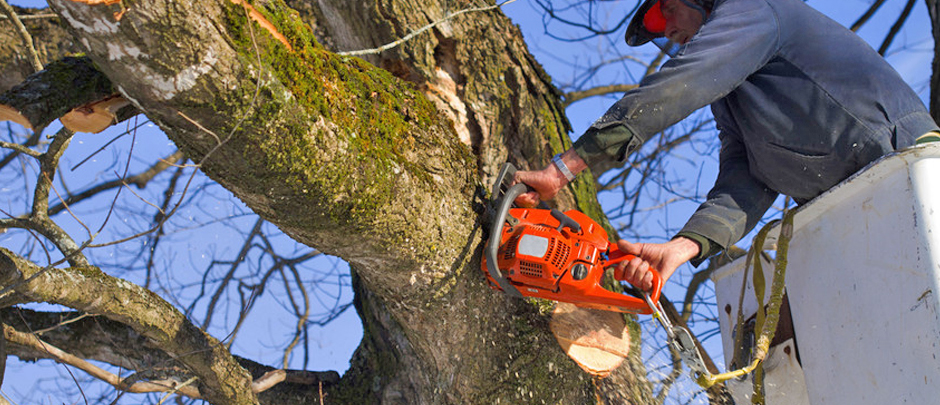 Source: billrusselltreeservicetupelo.com
Source: billrusselltreeservicetupelo.com
Homeowners insurance does not cover damaged tree removal. In this case, your standard homeowners insurance won’t cover tree and debris removal, unless you have an endorsement specifying that coverage. If your neighbor’s tree fell on your house, then your insurance will cover the damage and pay for the tree removal. If the damage is definitely caused by lightning, then the insurance company will typically pay. The insurance policy will typically pay for removal of the fallen tree, as well as damage to your home.
 Source: vatree.com
Source: vatree.com
So if you have $250,000 of dwelling coverage, you’d be covered for up to $12,500 for tree removal. So if you have $250,000 of dwelling coverage, you’d be covered for up to $12,500 for tree removal. If your homeowners insurance company will cover a tree removal, the amount it will cover may depend on your company and your policy. Tree removal is sometimes covered by your homeowners insurance policy when the reason for the tree falling is related to a named peril, such as a windstorm, fire or vandalism. Some insurers will pay up to 5 percent of your dwelling coverage.
 Source: noclutter.cloud
Source: noclutter.cloud
Some insurers will pay up to 5 percent of your dwelling coverage. Tree damage cleanup coverage might even pay to replace a fallen tree or shrub (as long as the cause of its fall was a. But there are other times when a fallen tree is your responsibility to remove, and either your insurer won’t pay for it, or the costs are such that it doesn’t make sense to file a claim. From the table, you can see that if the tree fell because of natural reasons, such as decay or age, the homeowners’ insurance will not cover the cost of its removal. Some insurers will pay up to 5 percent of your dwelling coverage.
 Source: jdsbuilds.com
Source: jdsbuilds.com
Homeowners insurance also typically covers tree removal if it lands on an insured structure and fell because of a covered peril, like wind or weight of ice or snow. If your (or your neighbor’s) tree fell in your yard without hitting a structure, then you’re on your own. You, as a homeowner, are responsible for maintaining your home and grounds. The rule is simply that homeowners are responsible for routine maintenance and repairs, and removal of dead or dying trees falls under that rule. From the table, you can see that if the tree fell because of natural reasons, such as decay or age, the homeowners’ insurance will not cover the cost of its removal.
 Source: davidstree.com
Source: davidstree.com
Homeowners insurance also typically covers tree removal if it lands on an insured structure and fell because of a covered peril, like wind or weight of ice or snow. If a tree damages a covered item, such as your house, the insurance company may pay to remove the tree. Does homeowners insurance cover preventative tree removal? A homeowners policy will pay for damages when a tree lands on the roof. The short (and unfortunate) answer is that your homeowners insurance probably won’t pay for tree removal unless you happen to meet some very specific circumstances.
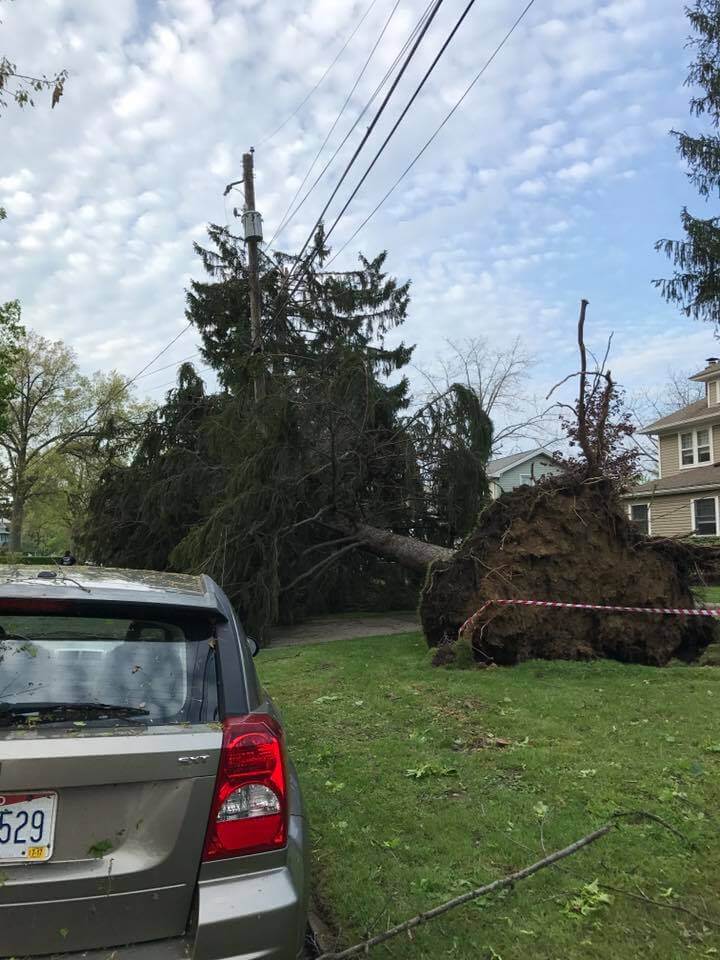 Source: theagentinsurance.com
Source: theagentinsurance.com
You, as a homeowner, are responsible for maintaining your home and grounds. If your homeowners insurance company will cover a tree removal, the amount it will cover may depend on your company and your policy. (istock) homeowners insurance policies protect consumers when a tree or another object falls on their home, causing damage to. In addition to covering the damaged structure, your homeowners insurance policy typically covers the cost of having the fallen tree removed, up to the maximum benefit listed on your policy, which is usually between $500 to $1,000. Does homeowners insurance cover preventative tree removal?
 Source: davidstree.com
Source: davidstree.com
One may also ask, who pays for tree removal after storm? A homeowners policy will pay for damages when a tree lands on the roof. Homeowners insurance and tree removal don’t apply to trees that are still standing, even if they’re damaged and could become dangerous. Broken down, tree damage cleanup coverage is an aspect of homeowners insurance that pays for the removal of trees or shrubs that have fallen on insured structures, as well as for any necessary repairs and for cleanup of debris. If your (or your neighbor’s) tree fell in your yard without hitting a structure, then you’re on your own.
 Source: thespruce.com
Source: thespruce.com
In addition to covering the damaged structure, your homeowners insurance policy typically covers the cost of having the fallen tree removed, up to the maximum benefit listed on your policy, which is usually between $500 to $1,000. On the other hand, if the tree does fall on your house, that type of event is almost always covered. In other words, if your property gets damaged, your insurance pays regardless of who the tree belonged to. If a tree is diseased and rotting, you’ll have to pay out of your own pocket to remove it. Does insurance pay for the removal of standing trees?
 Source: thebalance.com
Source: thebalance.com
Tree removal is sometimes covered by your homeowners insurance policy when the reason for the tree falling is related to a named peril, such as a windstorm, fire or vandalism. If a dangerous tree is still standing in your yard, it’s unlikely that your homeowners insurance coverage will pay for its removal. Homeowners insurance and tree removal don’t apply to trees that are still standing, even if they’re damaged and could become dangerous. From the table, you can see that if the tree fell because of natural reasons, such as decay or age, the homeowners’ insurance will not cover the cost of its removal. To others, if it falls within your yard and didn’t hit anything, removing it will be under your care.
 Source: aussietreesolutions.com.au
Source: aussietreesolutions.com.au
So if you have $250,000 of dwelling coverage, you’d be covered for up to $12,500 for tree removal. Broken down, tree damage cleanup coverage is an aspect of homeowners insurance that pays for the removal of trees or shrubs that have fallen on insured structures, as well as for any necessary repairs and for cleanup of debris. If your neighbor’s tree fell on your house, then your insurance will cover the damage and pay for the tree removal. But if a tree lands on your home due to a storm, homeowners insurance will cover the cost of removal. To others, if it falls within your yard and didn’t hit anything, removing it will be under your care.
 Source: taufanrestu.com
Source: taufanrestu.com
Most homeowners insurance policies will not pay any bills for tree removal if the damage was caused by wind. Does insurance pay for the removal of standing trees? Homeowners insurance also typically covers tree removal if it lands on an insured structure and fell because of a covered peril, like wind or weight of ice or snow. Homeowners insurance does not cover damaged tree removal. Sometimes home insurance will pay for removing a tree if it falls and blocks your driveway.
Source: onlinetradesmen.ie
Does homeowners insurance cover fallen tree removal? If your neighbor’s tree fell on your house, then your insurance will cover the damage and pay for the tree removal. Unless the tree falls on or harms a covered structure, the homeowner is responsible for removal. Unless a tree has been partially or completely uprooted as the result of a storm or some other uncontrollable circumstance, your homeowners insurance and tree removal service likely won’t be playing well together. The insurance policy will typically pay for removal of the fallen tree, as well as damage to your home.
 Source: publicadjustersnearme.net
Source: publicadjustersnearme.net
If the damage is definitely caused by lightning, then the insurance company will typically pay. Some insurers will pay up to 5 percent of your dwelling coverage. If the damage is definitely caused by lightning, then the insurance company will typically pay. Unless a tree has been partially or completely uprooted as the result of a storm or some other uncontrollable circumstance, your homeowners insurance and tree removal service likely won’t be playing well together. In this case, your standard homeowners insurance won’t cover tree and debris removal, unless you have an endorsement specifying that coverage.
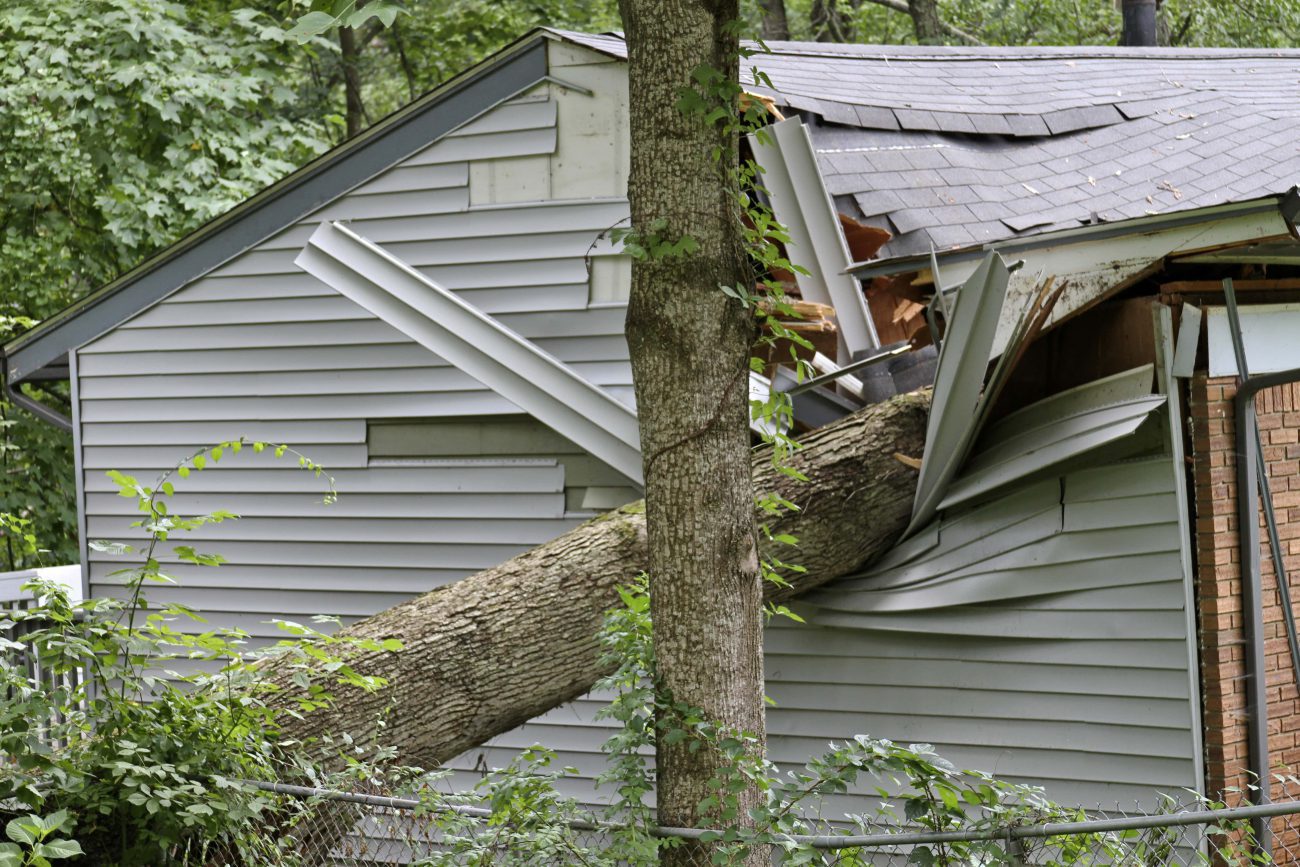 Source: quoteme.ie
Source: quoteme.ie
But there are other times when a fallen tree is your responsibility to remove, and either your insurer won’t pay for it, or the costs are such that it doesn’t make sense to file a claim. Most homeowners insurance policies will not pay any bills for tree removal if the damage was caused by wind. But if a tree lands on your home due to a storm, homeowners insurance will cover the cost of removal. But there are other times when a fallen tree is your responsibility to remove, and either your insurer won’t pay for it, or the costs are such that it doesn’t make sense to file a claim. In some cases your policy might pay to remove a fallen tree that is blocking your driveway, even if.
 Source: rueinsurance.com
Source: rueinsurance.com
As a rule, homeowners insurance covers removing trees that have fallen due to a covered peril. You can at least expect them to pay to get the tree off of the damaged item. Broken down, tree damage cleanup coverage is an aspect of homeowners insurance that pays for the removal of trees or shrubs that have fallen on insured structures, as well as for any necessary repairs and for cleanup of debris. As for the tree falling due to fire or lightning, the homeowners’ insurance will cover the tree removal regardless of whether the tree fell on your home or in the yard. But there are other times when a fallen tree is your responsibility to remove, and either your insurer won’t pay for it, or the costs are such that it doesn’t make sense to file a claim.
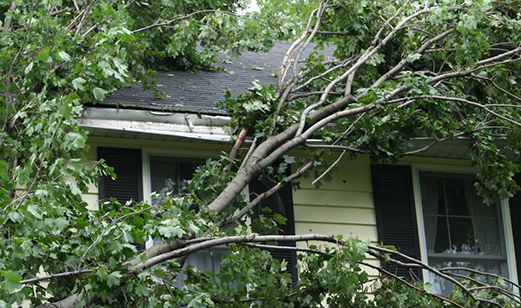 Source: allstate.com
Source: allstate.com
No, homeowners insurance will only pay for tree removal services if a tree falls due to a covered peril, like a windstorm, and lands on your house, fence, or garage. As for the tree falling due to fire or lightning, the homeowners’ insurance will cover the tree removal regardless of whether the tree fell on your home or in the yard. If a dangerous tree is still standing in your yard, it’s unlikely that your homeowners insurance coverage will pay for its removal. If a tree damages a covered item, such as your house, the insurance company may pay to remove the tree. This means that it is up to you to prune or remove trees that are a danger to your own property or to the property of.
 Source: inexpensivetreecare.com
Source: inexpensivetreecare.com
Homeowners insurance covers removal costs in this situation, and pays to repair structural damage. A homeowners policy will pay for damages when a tree lands on the roof. The insurance policy will typically pay for removal of the fallen tree, as well as damage to your home. In some cases your policy might pay to remove a fallen tree that is blocking your driveway, even if. Unless a tree has been partially or completely uprooted as the result of a storm or some other uncontrollable circumstance, your homeowners insurance and tree removal service likely won’t be playing well together.
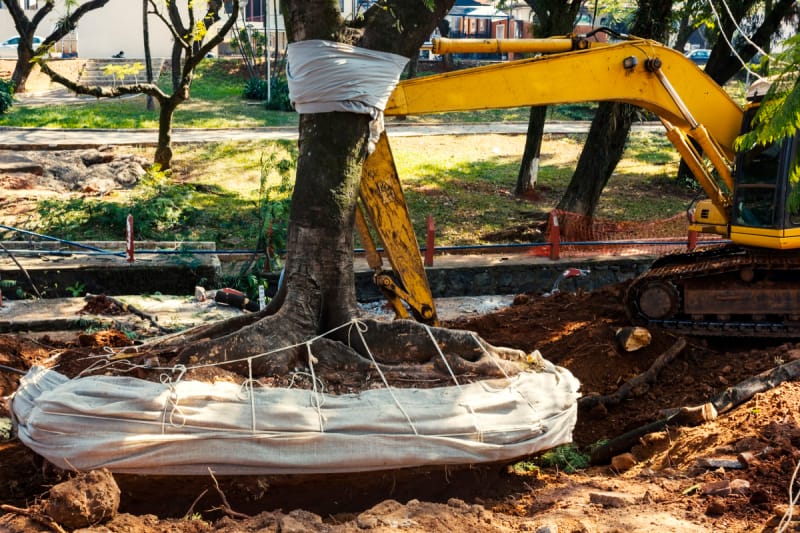
Tree damage cleanup coverage might even pay to replace a fallen tree or shrub (as long as the cause of its fall was a. Homeowners insurance and tree removal don’t apply to trees that are still standing, even if they’re damaged and could become dangerous. If a tree damages a covered item, such as your house, the insurance company may pay to remove the tree. Unless a tree has been partially or completely uprooted as the result of a storm or some other uncontrollable circumstance, your homeowners insurance and tree removal service likely won’t be playing well together. Does homeowners insurance cover preventative tree removal?
This site is an open community for users to submit their favorite wallpapers on the internet, all images or pictures in this website are for personal wallpaper use only, it is stricly prohibited to use this wallpaper for commercial purposes, if you are the author and find this image is shared without your permission, please kindly raise a DMCA report to Us.
If you find this site serviceableness, please support us by sharing this posts to your preference social media accounts like Facebook, Instagram and so on or you can also bookmark this blog page with the title does homeowners insurance pay for tree removal by using Ctrl + D for devices a laptop with a Windows operating system or Command + D for laptops with an Apple operating system. If you use a smartphone, you can also use the drawer menu of the browser you are using. Whether it’s a Windows, Mac, iOS or Android operating system, you will still be able to bookmark this website.




